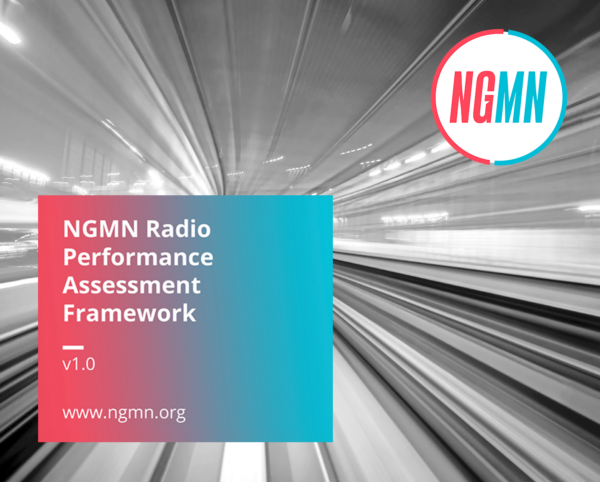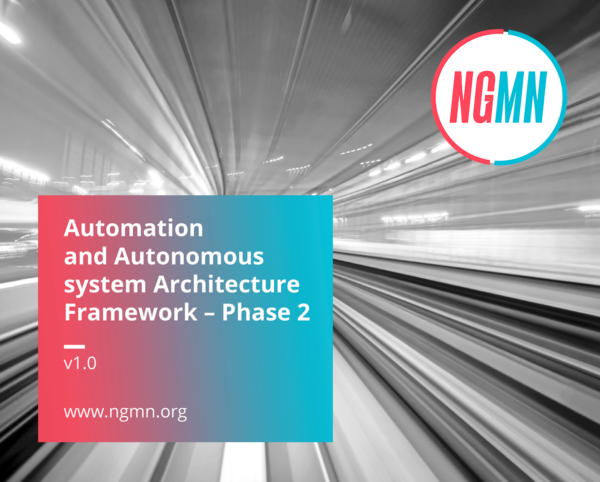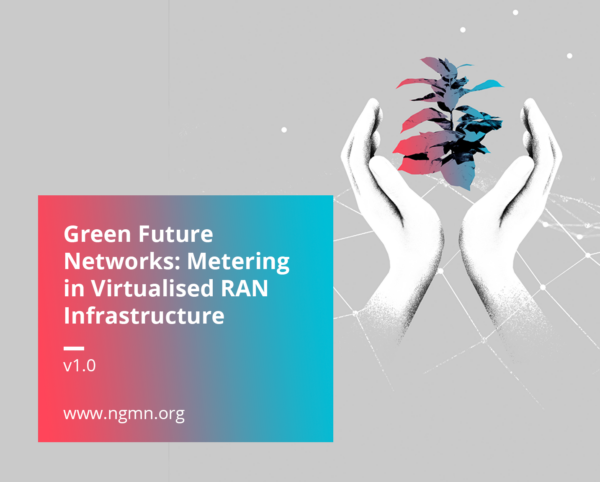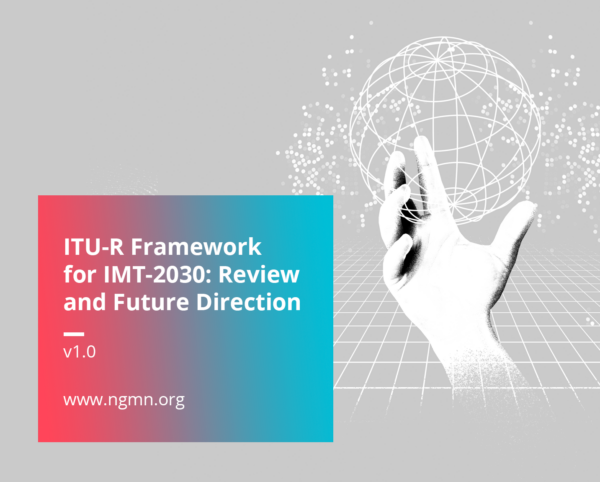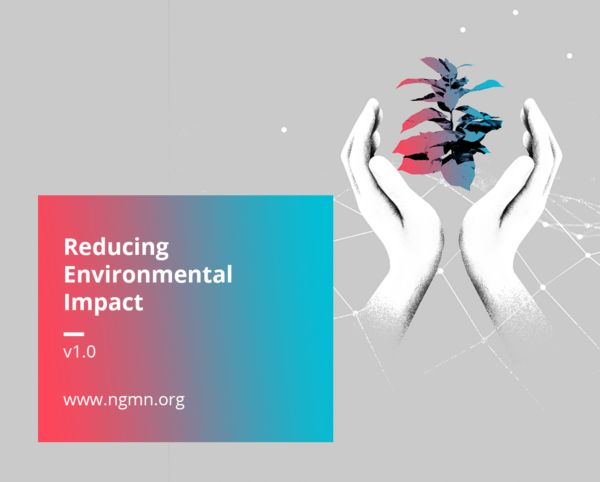NGMN releases “Radio Performance Assessment Framework” to guide next-generation RAN development
Düsseldorf, Germany, 03 December 2024 — The Next Generation Mobile Networks Alliance (NGMN) has released its latest publication, the “Radio Performance Assessment Framework,” providing the mobile communications industry with a comprehensive methodology to evaluate the value of new Radio Access Network (RAN) solutions.
Building on the 2023 MNO Position Statement, which emphasised that any new RAN must deliver tangible additional benefits—such as enabling new user-driven use cases or improving operational efficiencies like energy consumption—this framework offers clear and actionable guidance for assessing RAN innovations.
“This NGMN publication provides strong guidance towards ensuring that future RAN developments are in line with the expectations of operators on performance and efficiency,” said Luke Ibbetson, Member of the NGMN Alliance Board and Head of Group R&D, Vodafone. “Our Radio Performance Assessment Framework establishes a robust foundation for fair benchmarking and sets a new standard for delivering measurable value in the era beyond 5G Advanced.”
Key Components of the Framework
The Radio Performance Assessment Framework, primarily targeted for providing guidance to 3GPP, also provides general guidance to the broader ecosystem. Its goal is to enable fair benchmarking of vendor offerings and to ensure that new RAN solutions surpass the capabilities of 5G Advanced.
The framework is built on three key pillars:
1. Alignment with ITU-R IMT 2020 Metrics:
- Radio performance metrics such as spectral efficiency, Total Radiated Sensitivity (TRS), Total Radiated Power (TRP), and energy consumption should align with ITU-R IMT 2020 specifications in 3GPP standards.
2. Benchmarking Against 3GPP Release-18:
- All new RAN solutions must demonstrate clear performance improvements when benchmarked against 3GPP Rel-18 specifications.
3. Integration of 5G A Rollout Learnings:
- The framework incorporates lessons learned from the deployment and operation of 5G Standalone (SA) networks, ensuring practical and informed assessment criteria.
“This framework is a vital tool for fostering a collaborative and standards-based approach to advancing the RAN ecosystem,” said Konstantinos Chalkiotis, Member of the NGMN Alliance Board and VP Access Technologies & Spectrum, Deutsche Telekom. “It enables the industry to focus on creating real value for users while addressing critical challenges such as energy efficiency, other operational efficiencies and scalability.”
The Radio Performance Assessment Framework is the latest in a series of NGMN initiatives to provide leadership and guidance on key industry topics. It reflects NGMN’s ongoing commitment to its Strategic Focus Topics, including Mastering the Route to Disaggregation, Green Future Networks, and 6G development.
The publication is available for download here.
The publication was developed with input from across the industry, with NGMN’s membership comprising operators, vendors, and research institutions. This collaboration enables NGMN to offer strong guidance on key industry issues, driving progress on today’s most important topics, including NGMN’s Strategic Focus Topics: Mastering the Route to Disaggregation, Green Future Networks, and 6G. NGMN invites all stakeholders across the value chain to join the Alliance in this endeavour.
Further information and all NGMN publications can be found on the website at ngmn.org.
